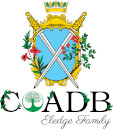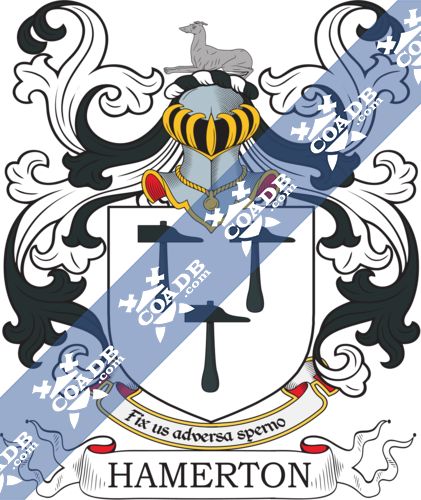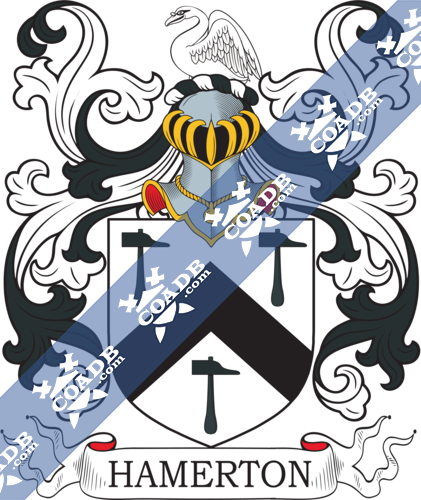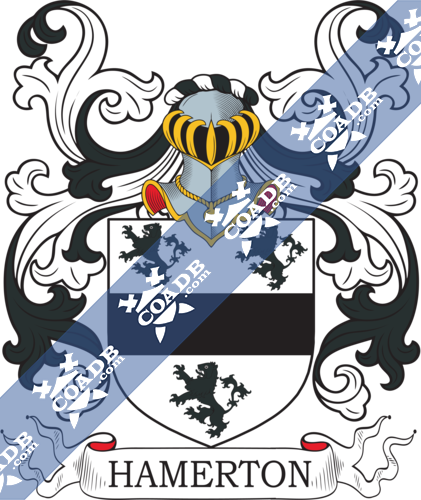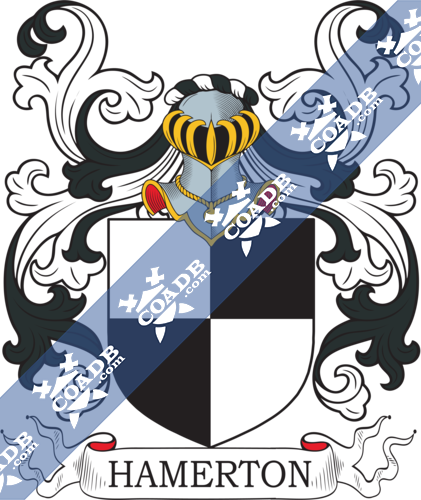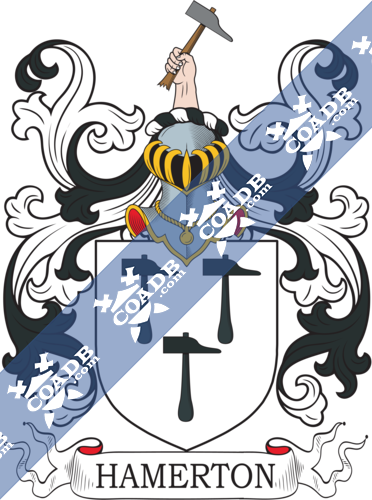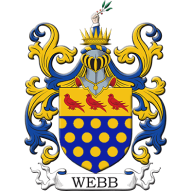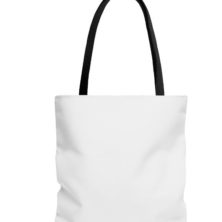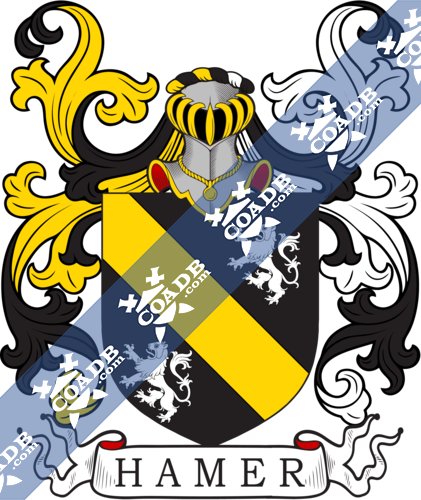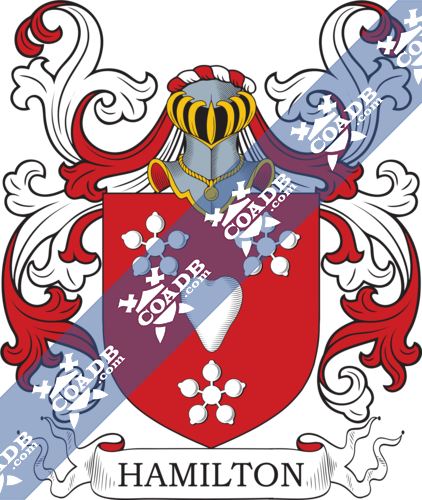Hamerton Family Crest, Coat of Arms and Name History
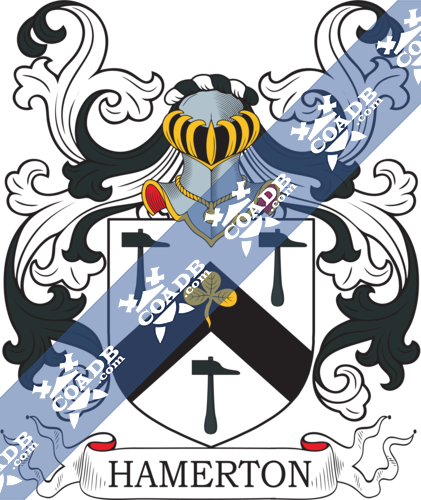
Hamerton Coat of Arms Gallery
Don’t know which Coat of Arms is yours?
We can do a genealogical research. Find out the exact history of your family!
Learn MoreThis section has not yet been completed. If you are interested in having your genealogy done, we offer an affordable research servicethat traces your lineage so you can learn more about your ancestors, where they came from, and who you are.
Blazons & Genealogy Notes
1) (Preston-Jacklyn, co. York, 1666). Ar. on a chev. betw. three hammers sa. a trefoil for diff. or.
2) (Hamerton, Wigglesworth, and Hellfield Peel, co. York). Ar. three hammers sa. Crest—A greyhound couchant. Motto—Fix us adversa sperno.
3) Same Arms. Crest—A hand holding a broken hammer ppr.
4) (co. Stafford). Ar. a chev. betw. three hammers sa. Crest—A swan issuant, wings addorsed and distended ar.
5) (co. York). Ar. a fesse betw. three lions ramp. sa. tails forked.
6) Quarterly, ar. and sa. (another, ar. and vert).
